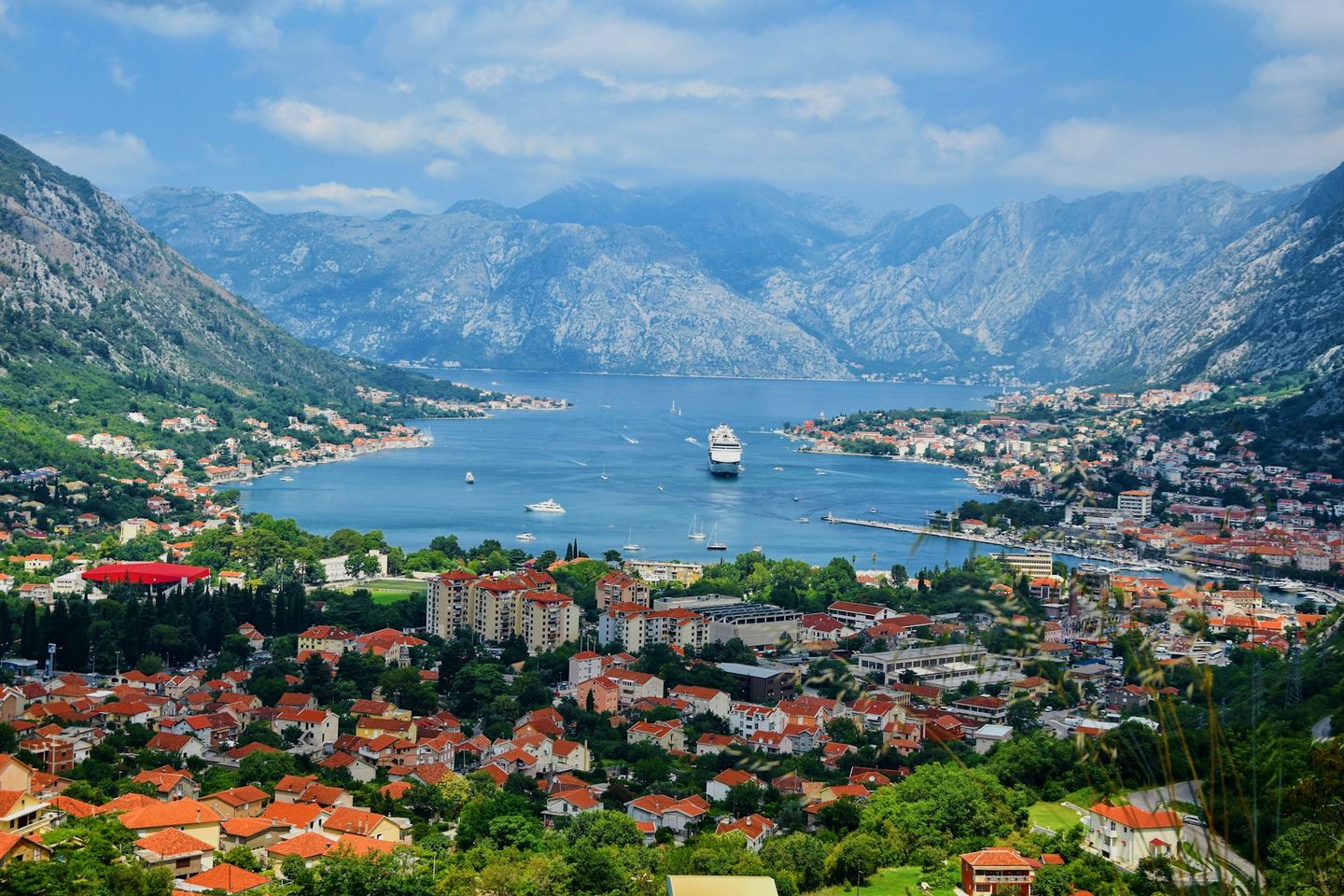1. Montenegro, which means “Black Mountain” in Venetian, is located in southeastern Europe on the Balkan Peninsula, bordered by Croatia, Bosnia and Herzegovina, Serbia, Kosovo, and Albania.
2. The Bay of Kotor, often referred to as Europe’s southernmost fjord, is a stunning natural wonder located in Montenegro, featuring dramatic cliffs, crystal-clear waters, and picturesque medieval towns.
3. Montenegro gained independence from Serbia in 2006, becoming the world’s newest sovereign state at the time, following a referendum in which the majority of voters chose independence.
4. Podgorica is the capital and largest city of Montenegro, situated in the fertile Zeta Plain and serving as the political, economic, and cultural center of the country.
5. Montenegro is known for its breathtaking landscapes, including rugged mountains, pristine beaches, and scenic lakes, making it a popular destination for outdoor activities such as hiking, skiing, and water sports.
6. Durmitor National Park, a UNESCO World Heritage Site, is home to the Tara River Canyon, the deepest canyon in Europe, as well as the picturesque Black Lake and numerous hiking trails.
7. Montenegro has a rich cultural heritage influenced by its diverse history and ethnic makeup, with Montenegrins, Serbs, Bosniaks, and Albanians among the country’s main ethnic groups.
8. The Old Town of Kotor, a UNESCO World Heritage Site, is renowned for its well-preserved medieval architecture, narrow cobblestone streets, and historic churches, including the iconic Cathedral of Saint Tryphon.
9. Montenegro is home to the Ostrog Monastery, one of the most important pilgrimage sites in the Orthodox Christian world, built into the vertical cliffs of Mount Ostrog.
10. The Adriatic Sea coastline of Montenegro stretches for approximately 293 kilometers (182 miles), offering sandy beaches, hidden coves, and charming seaside towns such as Budva, Petrovac, and Herceg Novi.
11. Montenegro is known for its traditional cuisine, which features dishes such as grilled meats, fresh seafood, cheese-filled pastries, and hearty stews, influenced by Mediterranean, Balkan, and Italian flavors.
12. The Tara River, known as the “Tear of Europe,” is one of the cleanest and most pristine rivers in Europe, offering thrilling white-water rafting experiences through its breathtaking canyon.
13. Montenegro is home to the largest lake in the Balkans, Lake Skadar (Skadarsko Jezero), a haven for birdwatchers and nature enthusiasts, with over 280 bird species and diverse flora and fauna.
14. The Montenegrin language, also known as Serbian-Montenegrin, is the official language of Montenegro, although Serbian, Bosnian, Albanian, and Croatian are also widely spoken.
15. Montenegro has a rich tradition of folklore, music, and dance, with vibrant festivals and celebrations throughout the year, including the Mimosa Festival, held annually in February in Herceg Novi.
16. Montenegro’s economy is driven by tourism, agriculture, and manufacturing, with tourism playing a significant role in the country’s development and contributing to its GDP.
17. The Lovćen National Park, located in the Dinara Alps, is known for its stunning mountain scenery, diverse wildlife, and the iconic Njegoš Mausoleum, situated atop Mount Lovćen.
18. Montenegro has a diverse climate, with Mediterranean along the coast, and continental in the interior, providing a range of climates and ecosystems within a relatively small area.
19. The Montenegrin flag features a red field with a double-headed golden eagle in the center, symbolizing Montenegro’s historical ties to the Byzantine and Serbian empires.
20. Montenegro has a rich literary tradition, with notable authors such as Petar II Petrović-Njegoš, a prince-bishop and poet whose epic poem “The Mountain Wreath” is considered a masterpiece of Montenegrin literature.
21. Montenegro is a candidate for membership in the European Union (EU) and a member of NATO, with aspirations to integrate further into Euro-Atlantic institutions and strengthen its ties with the international community.
